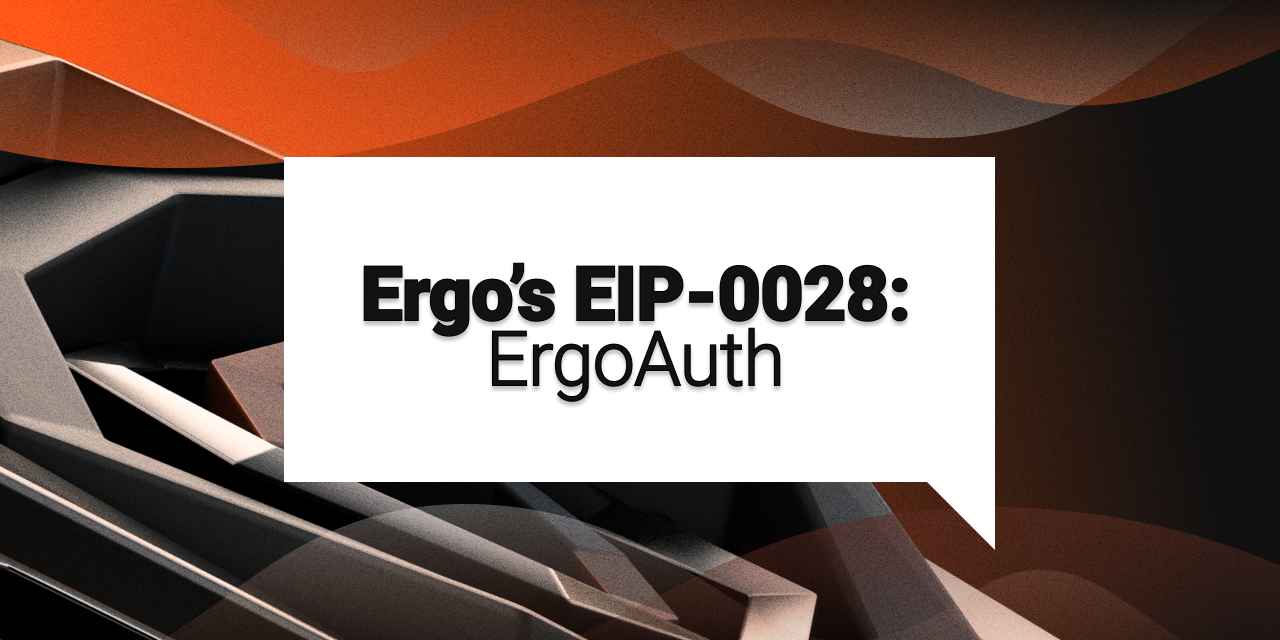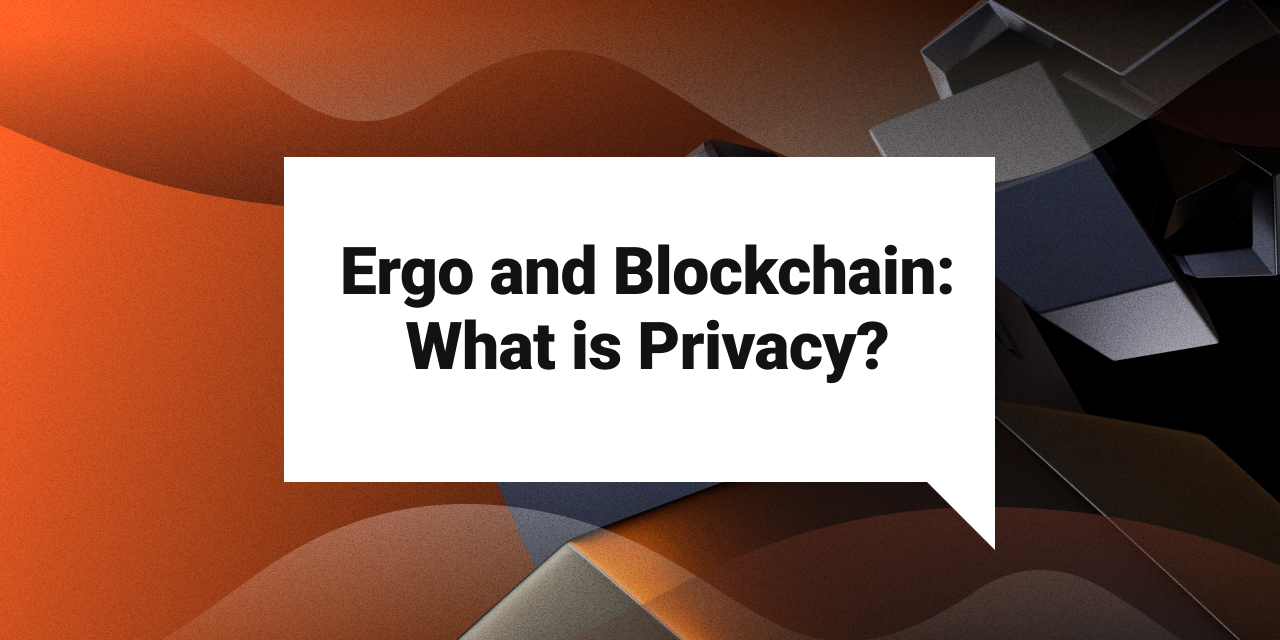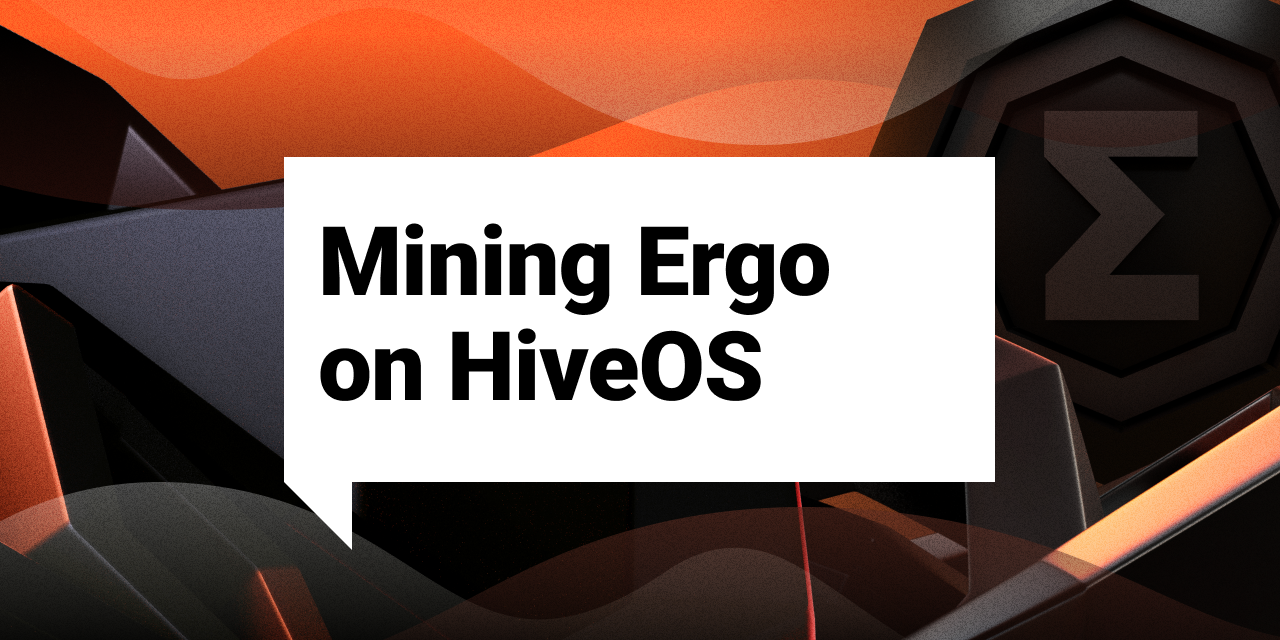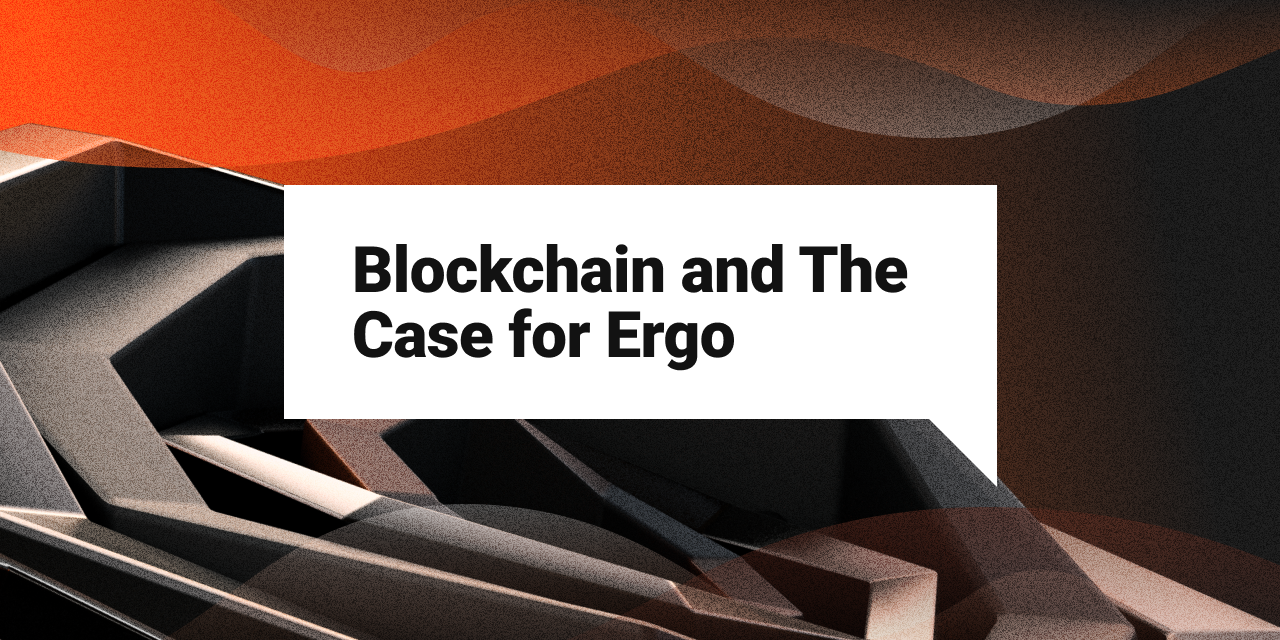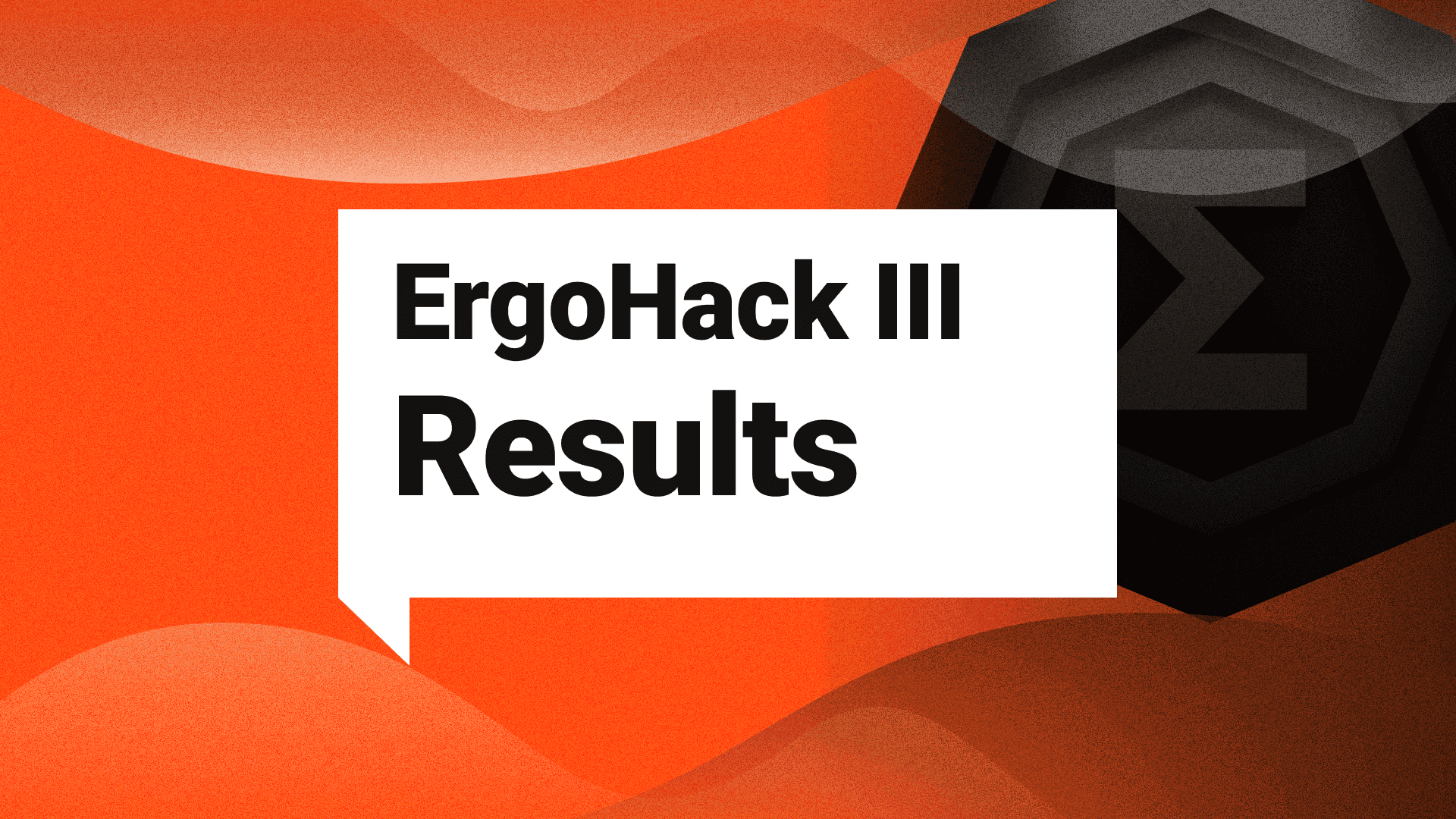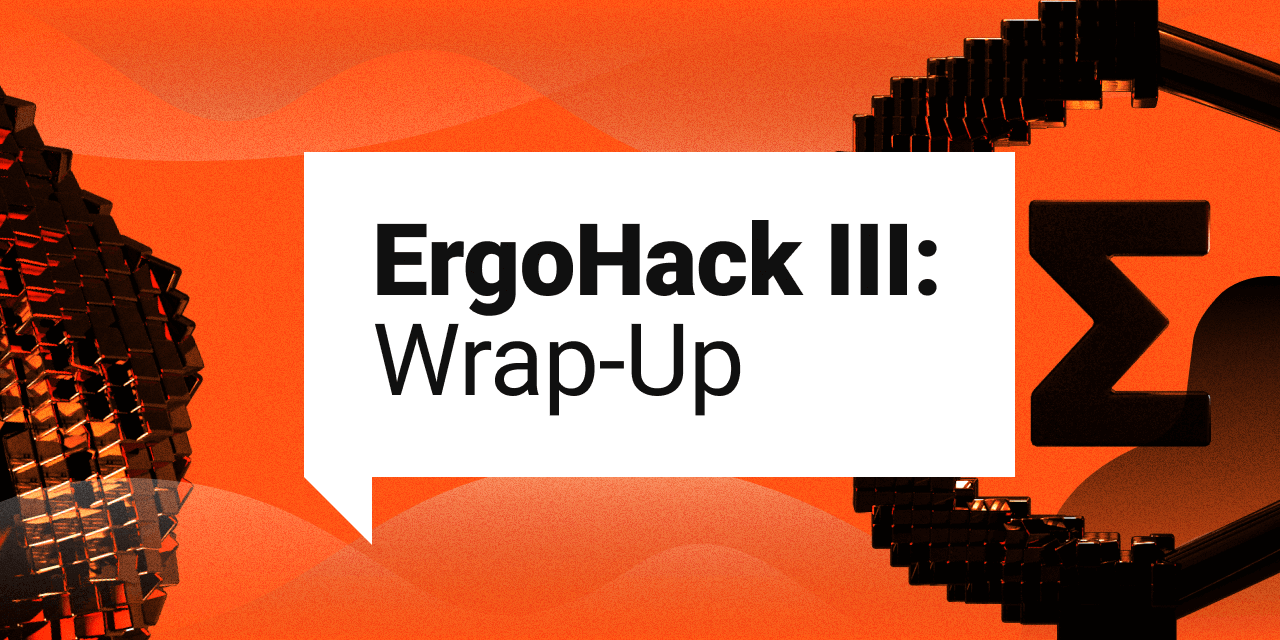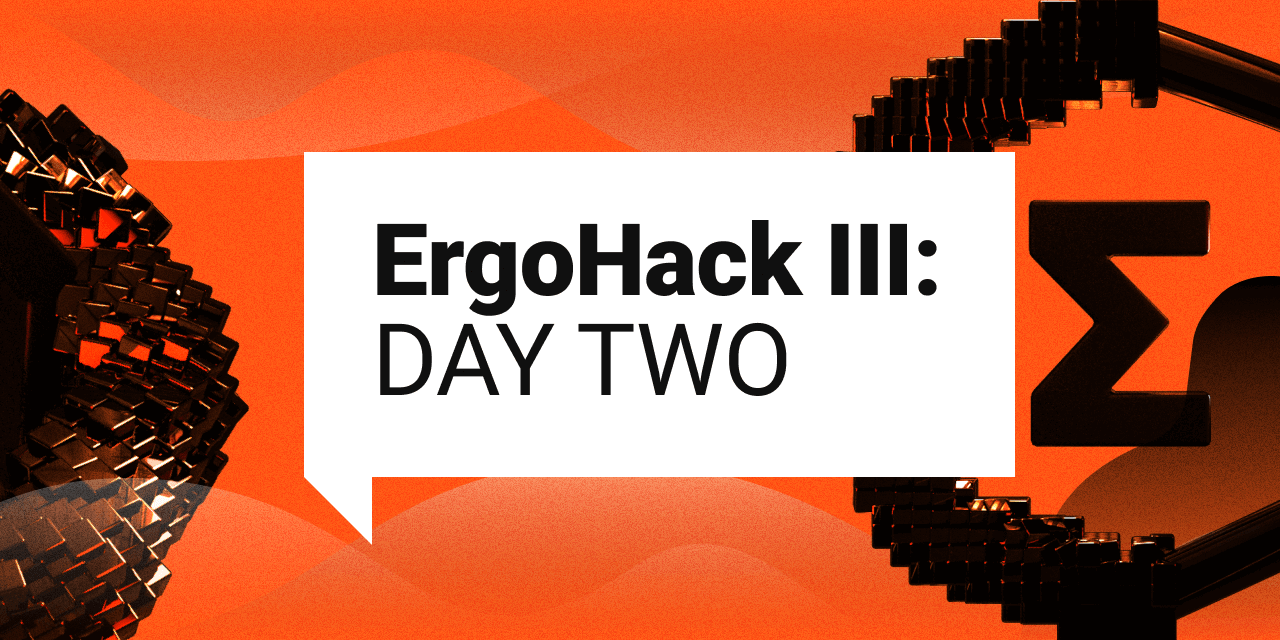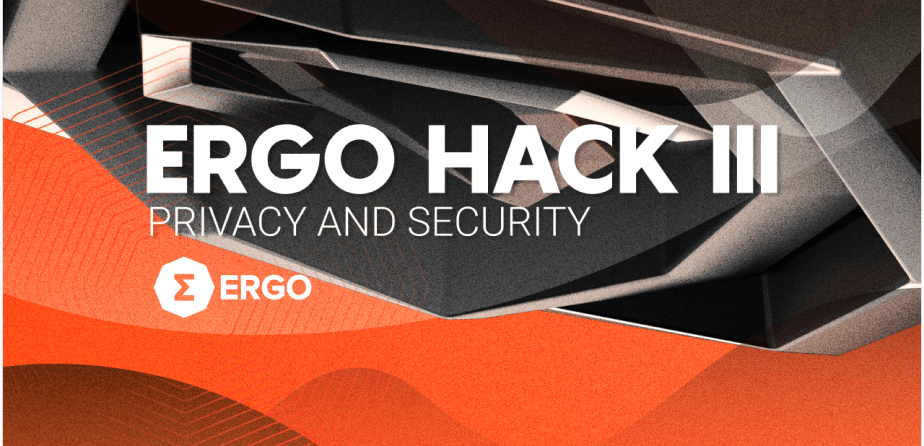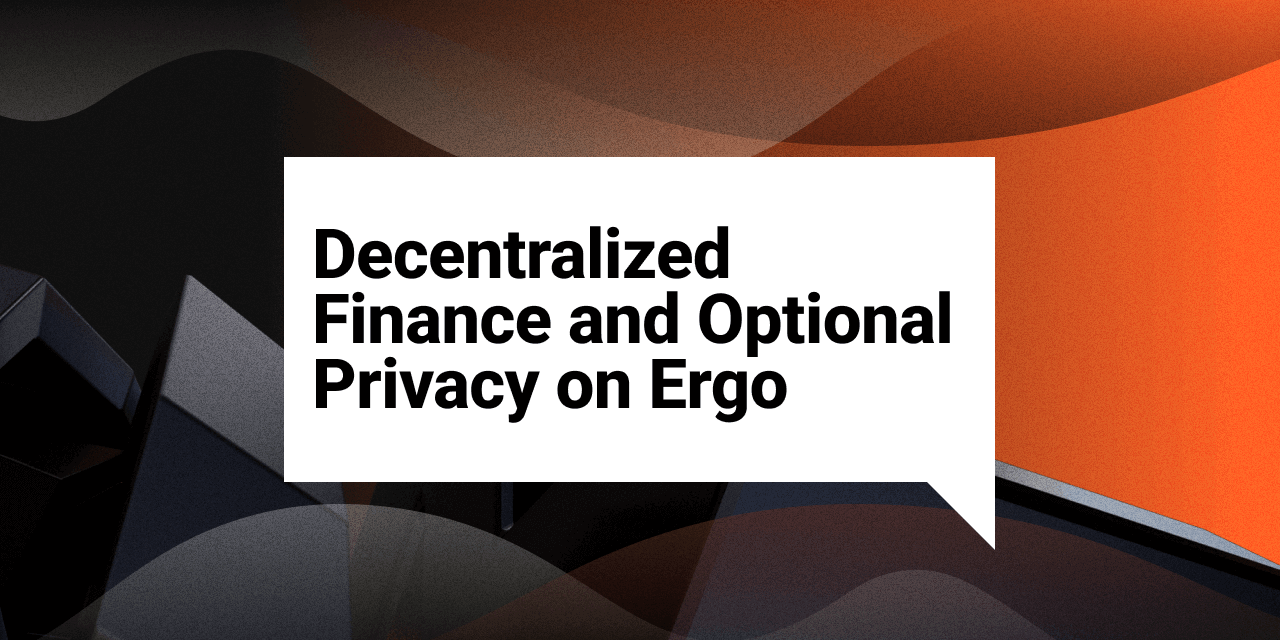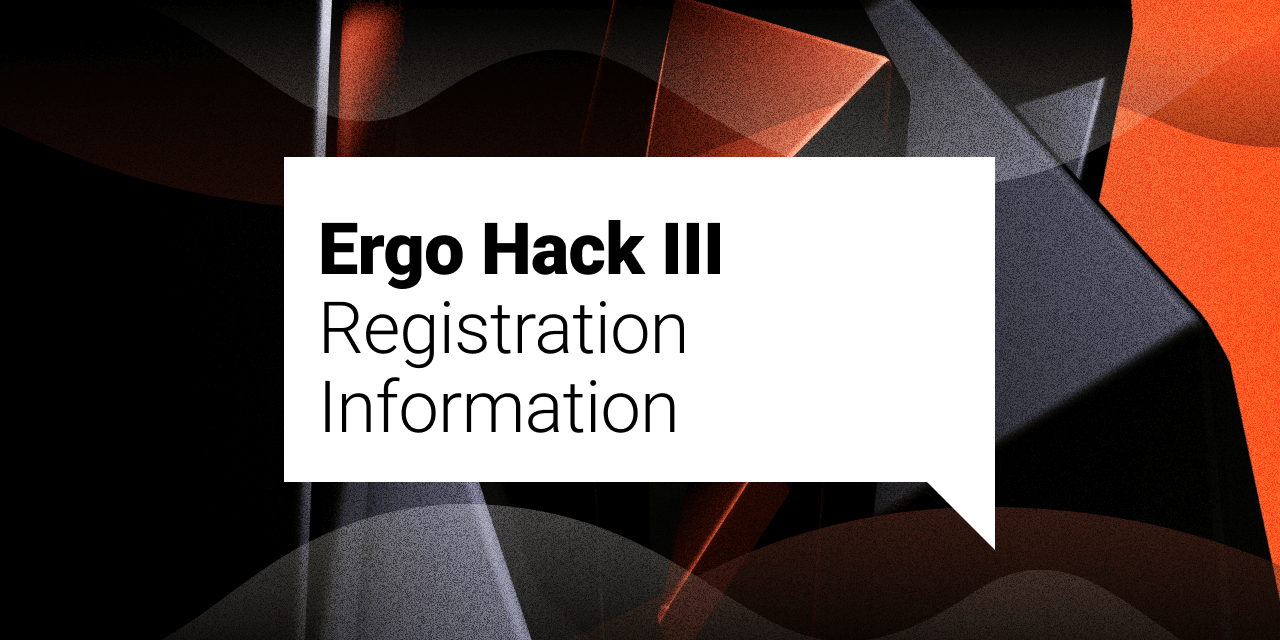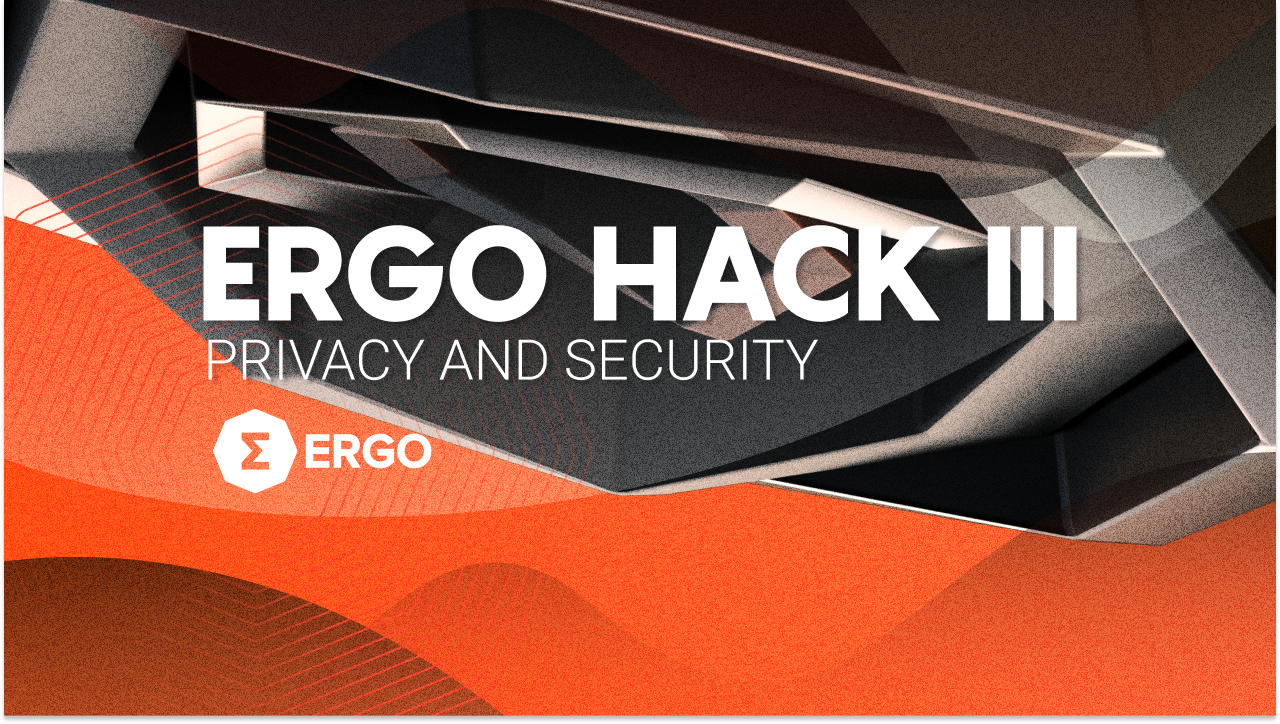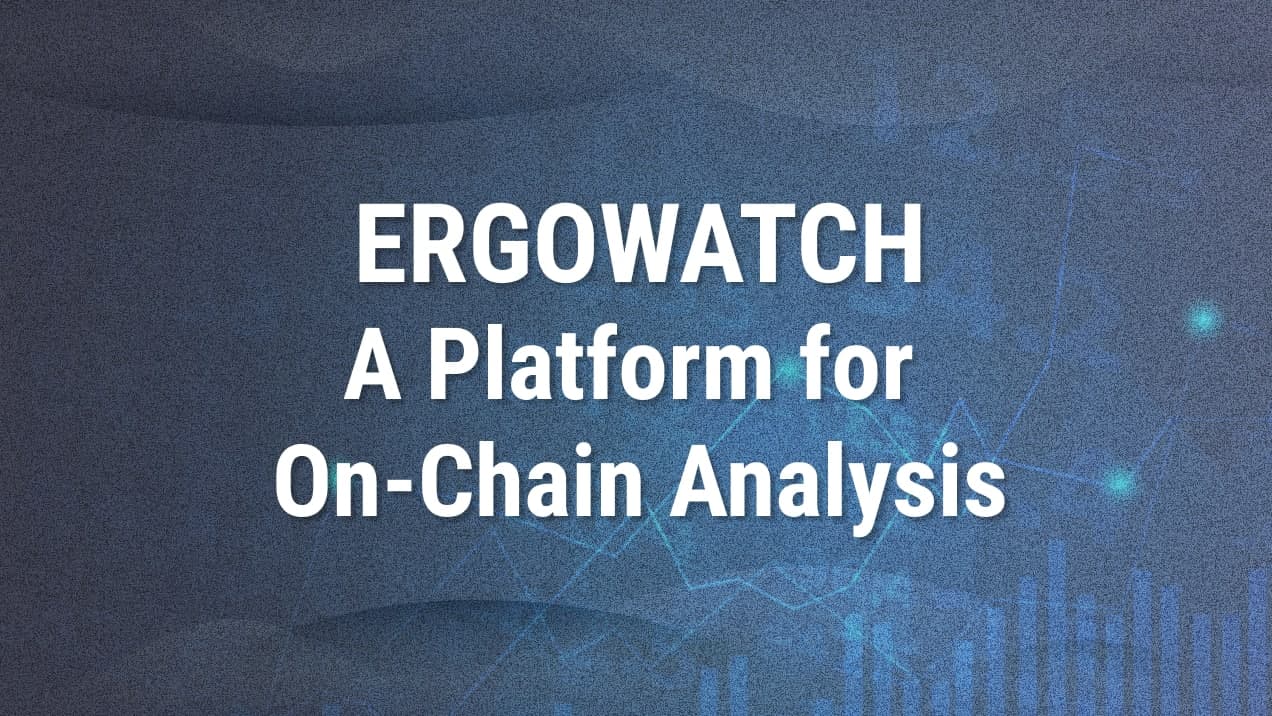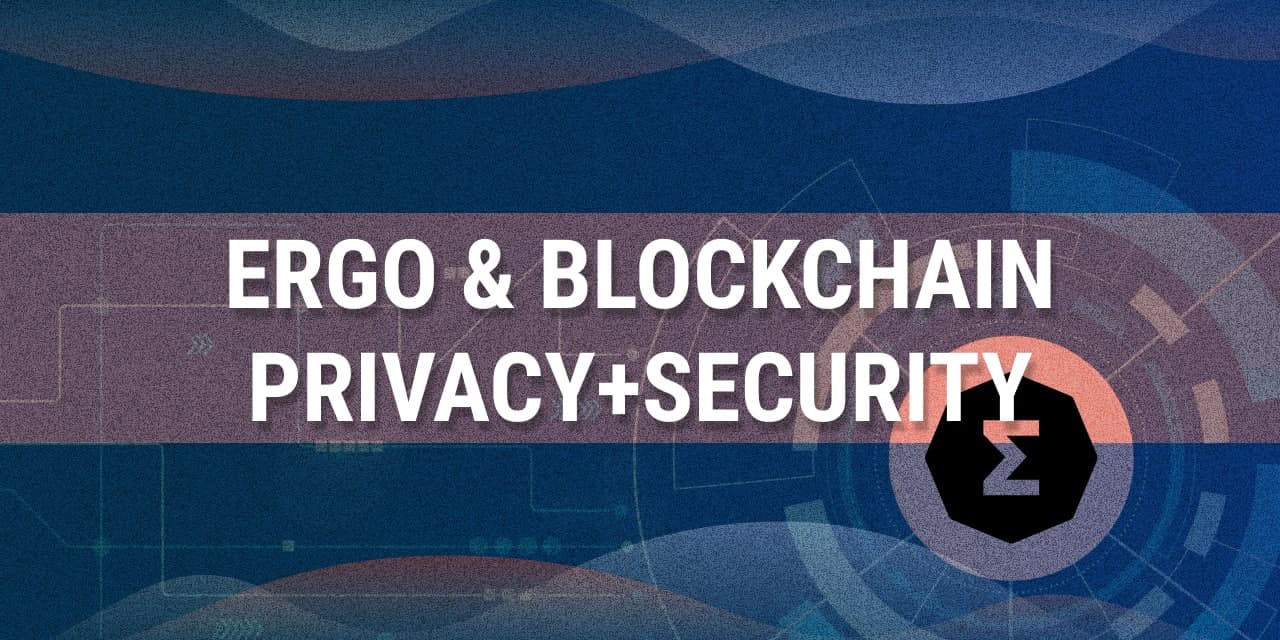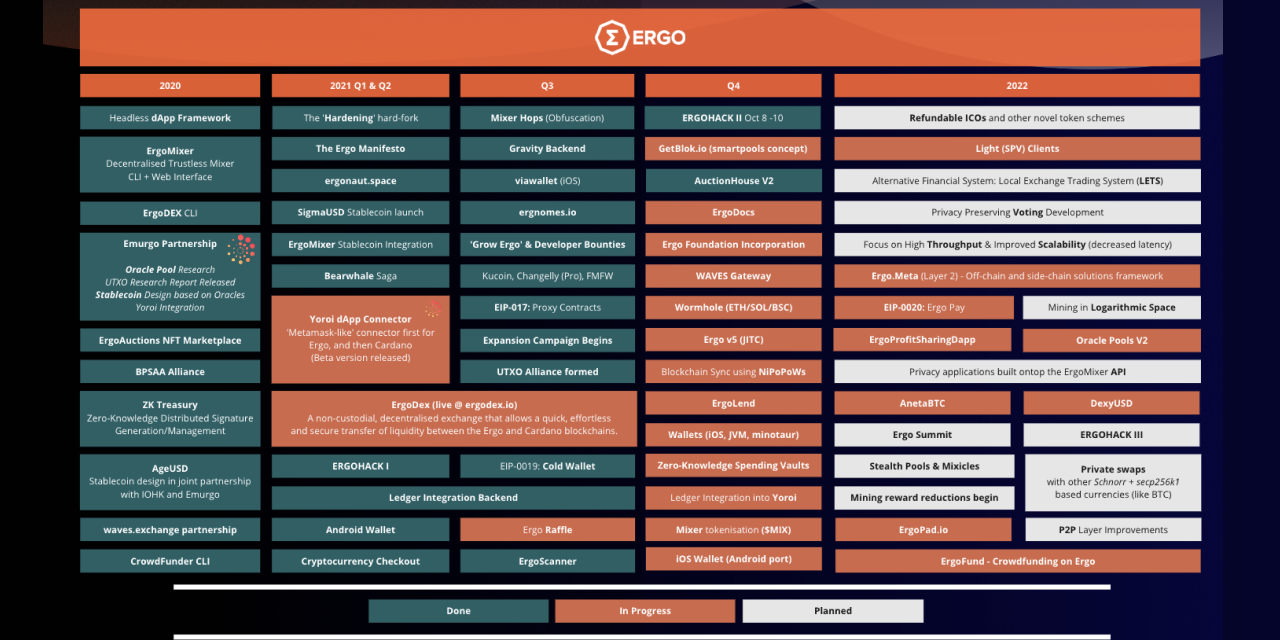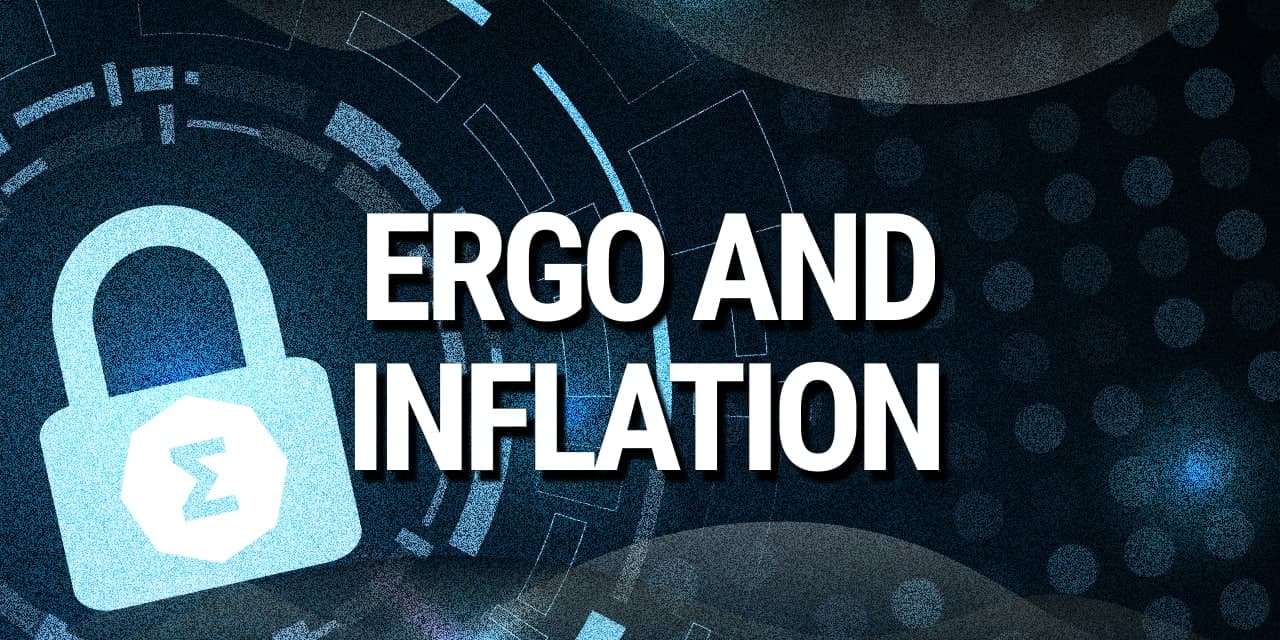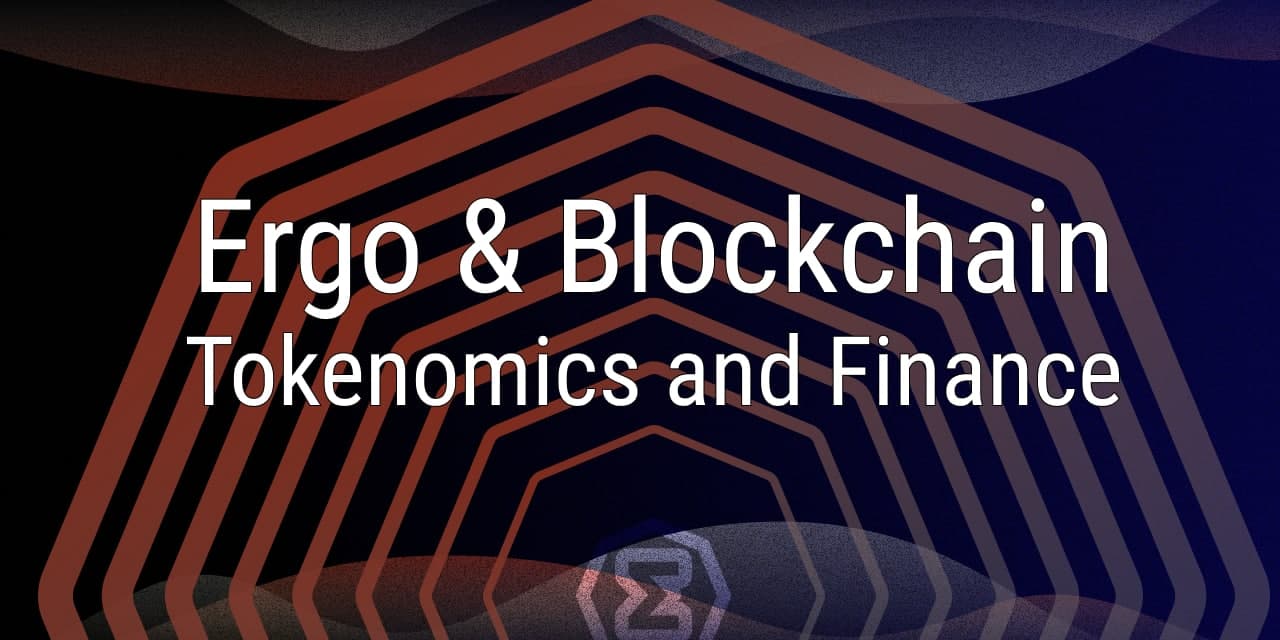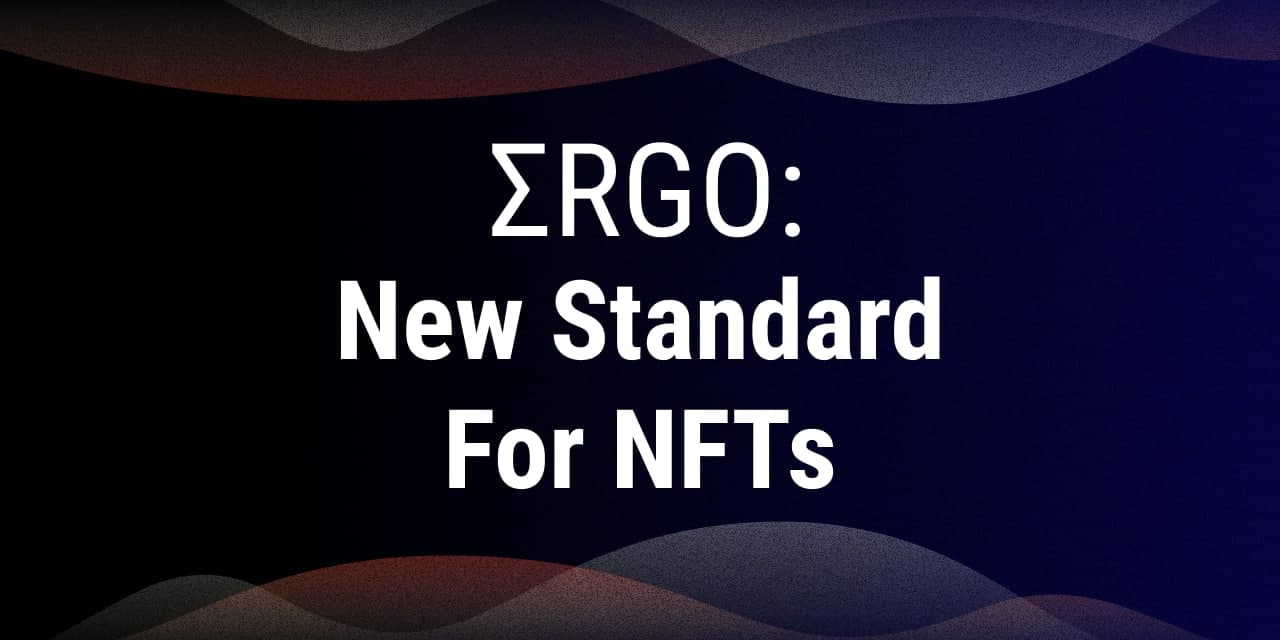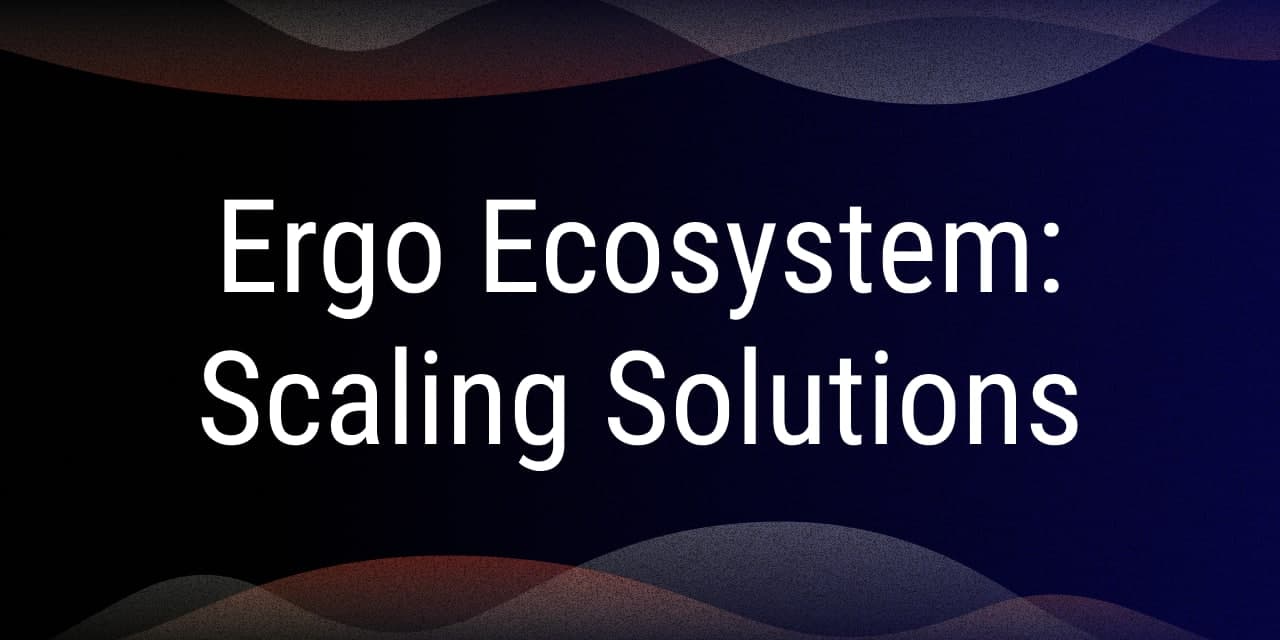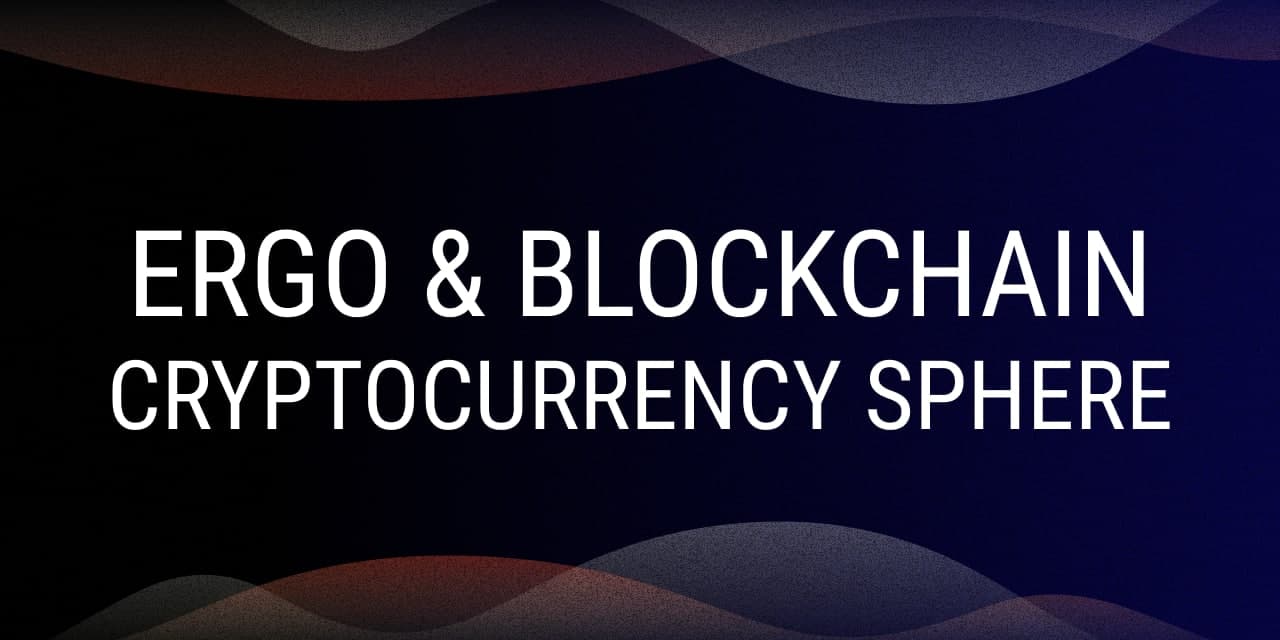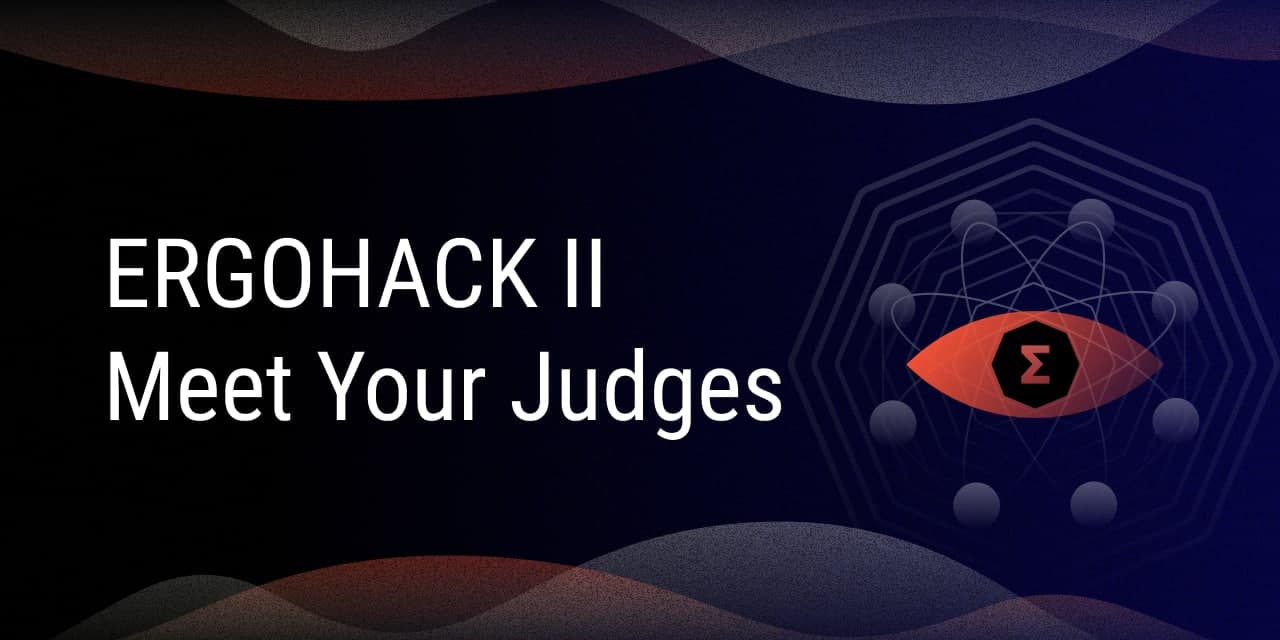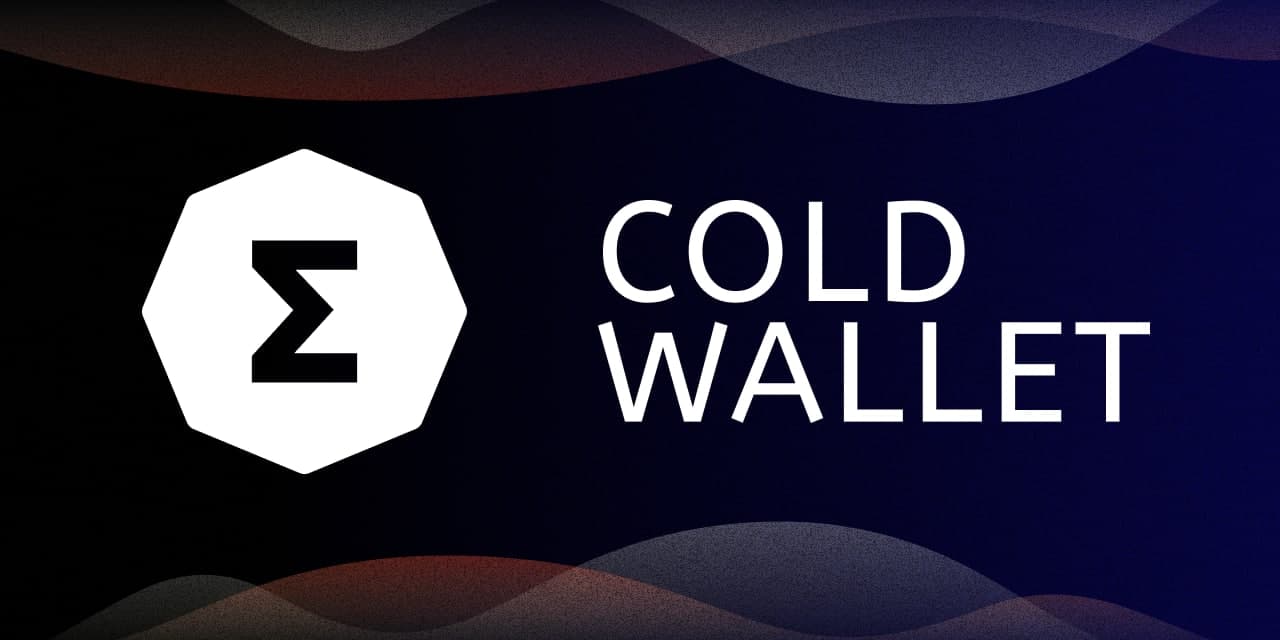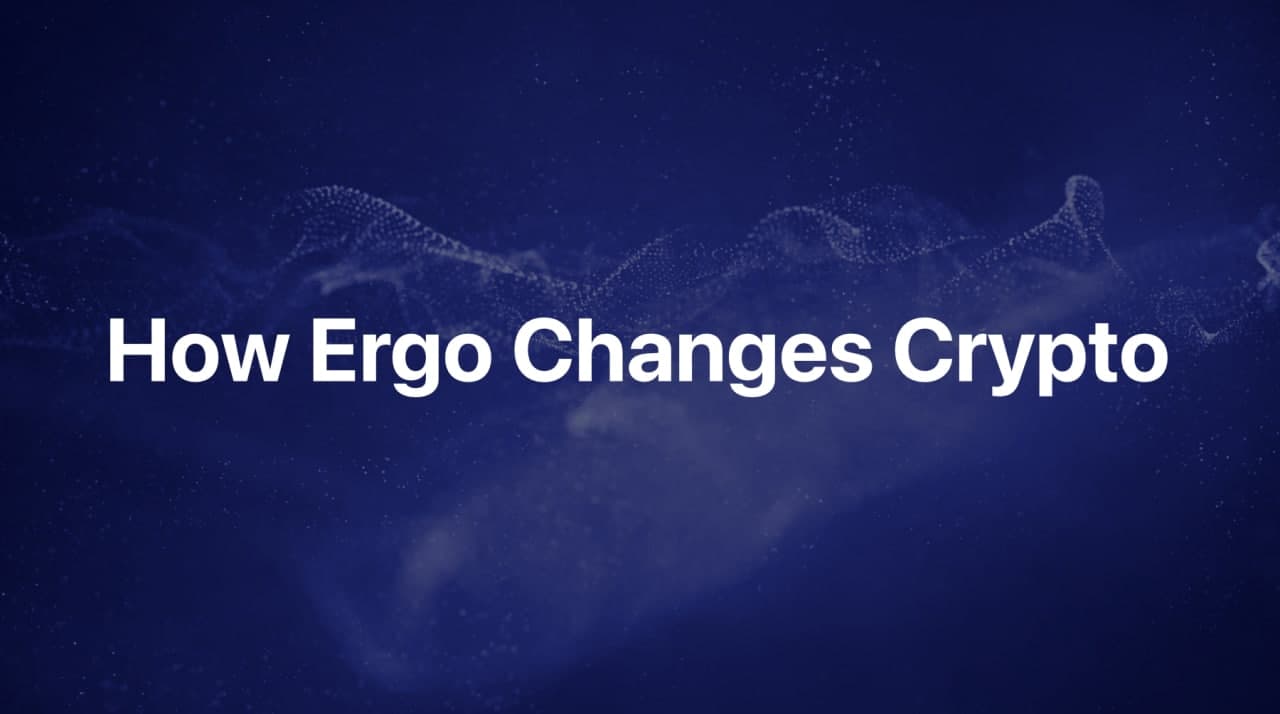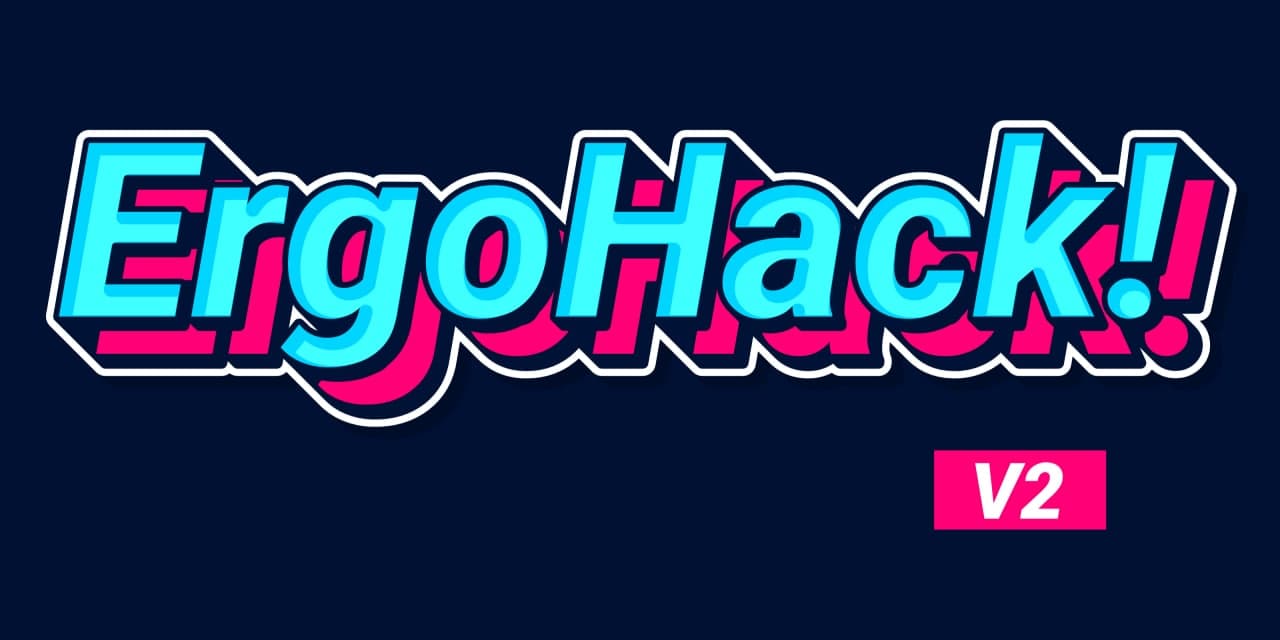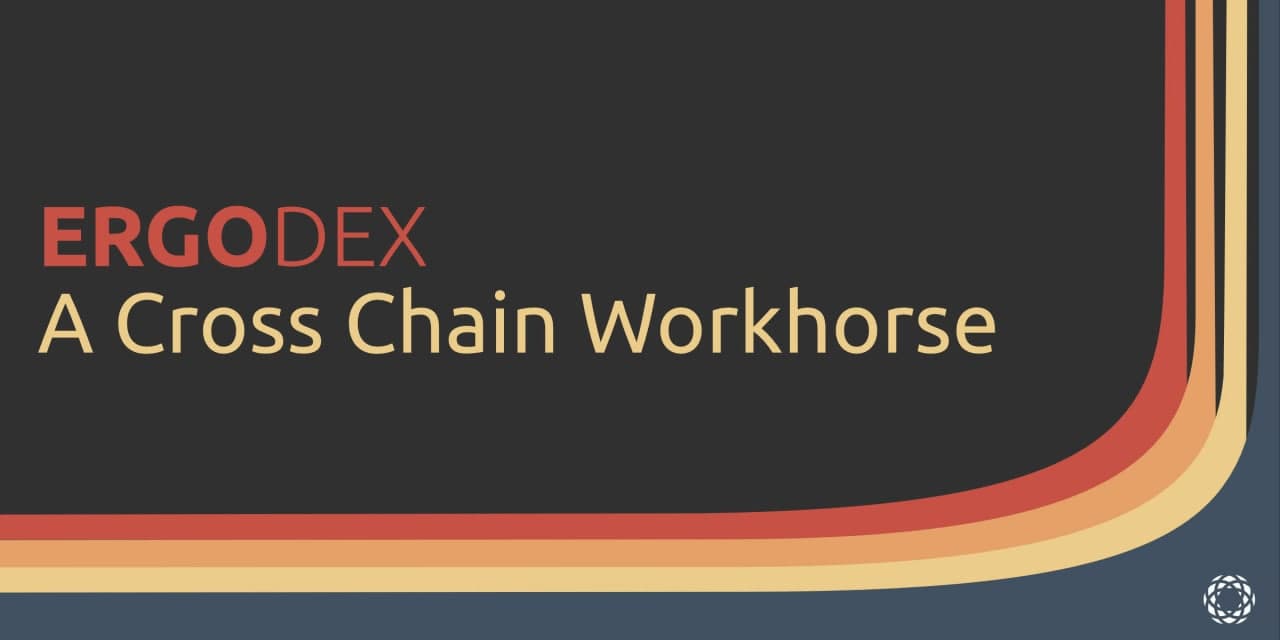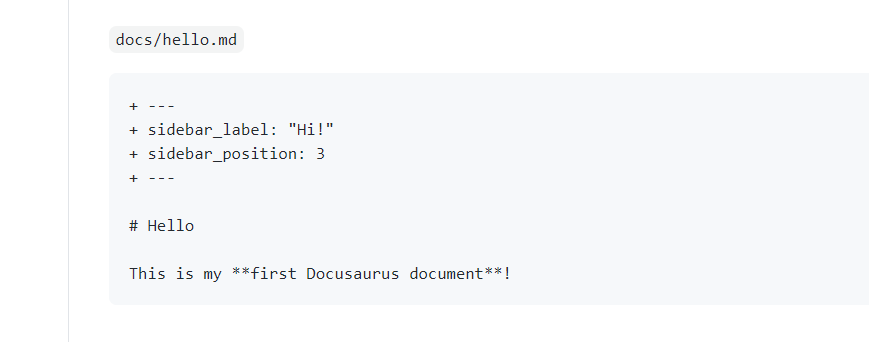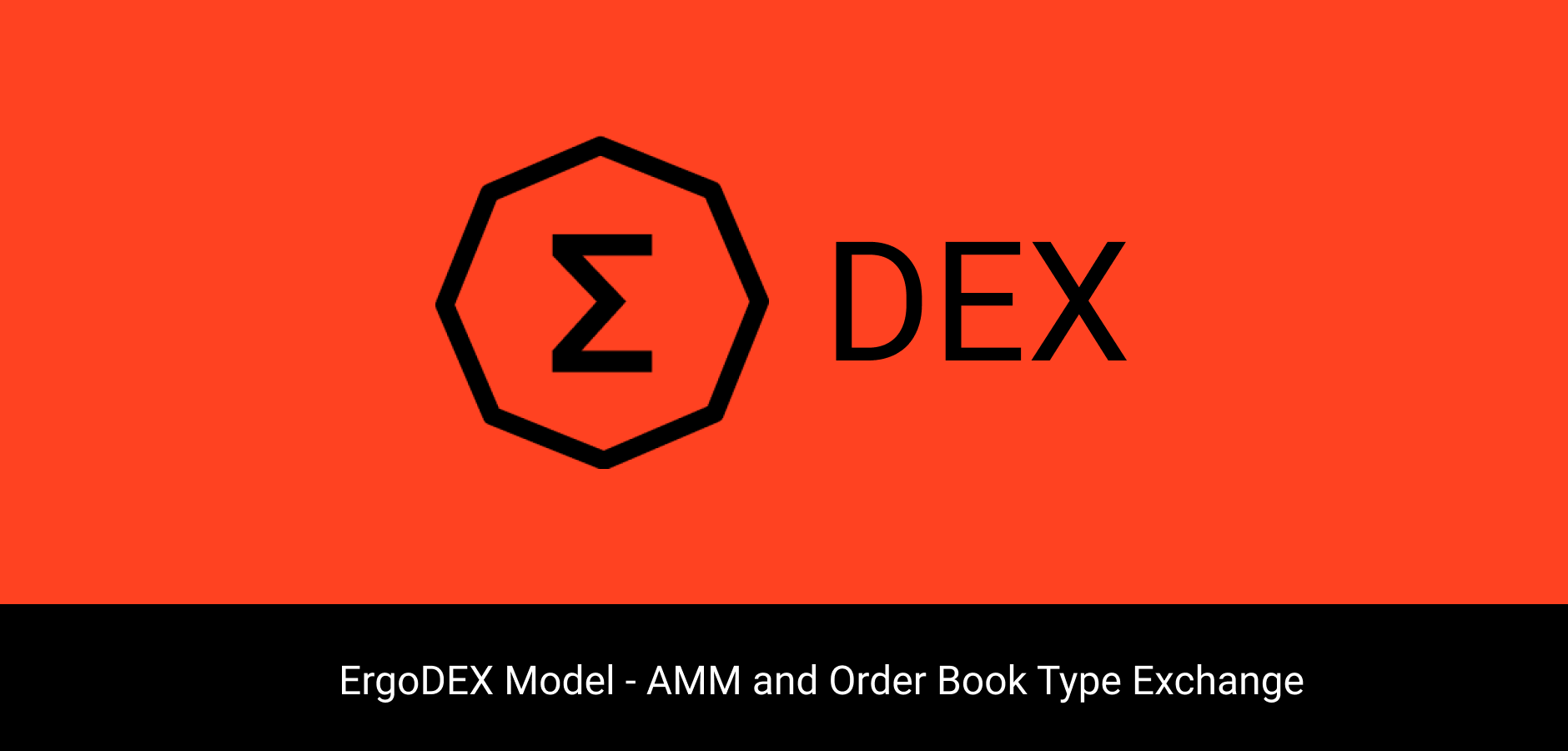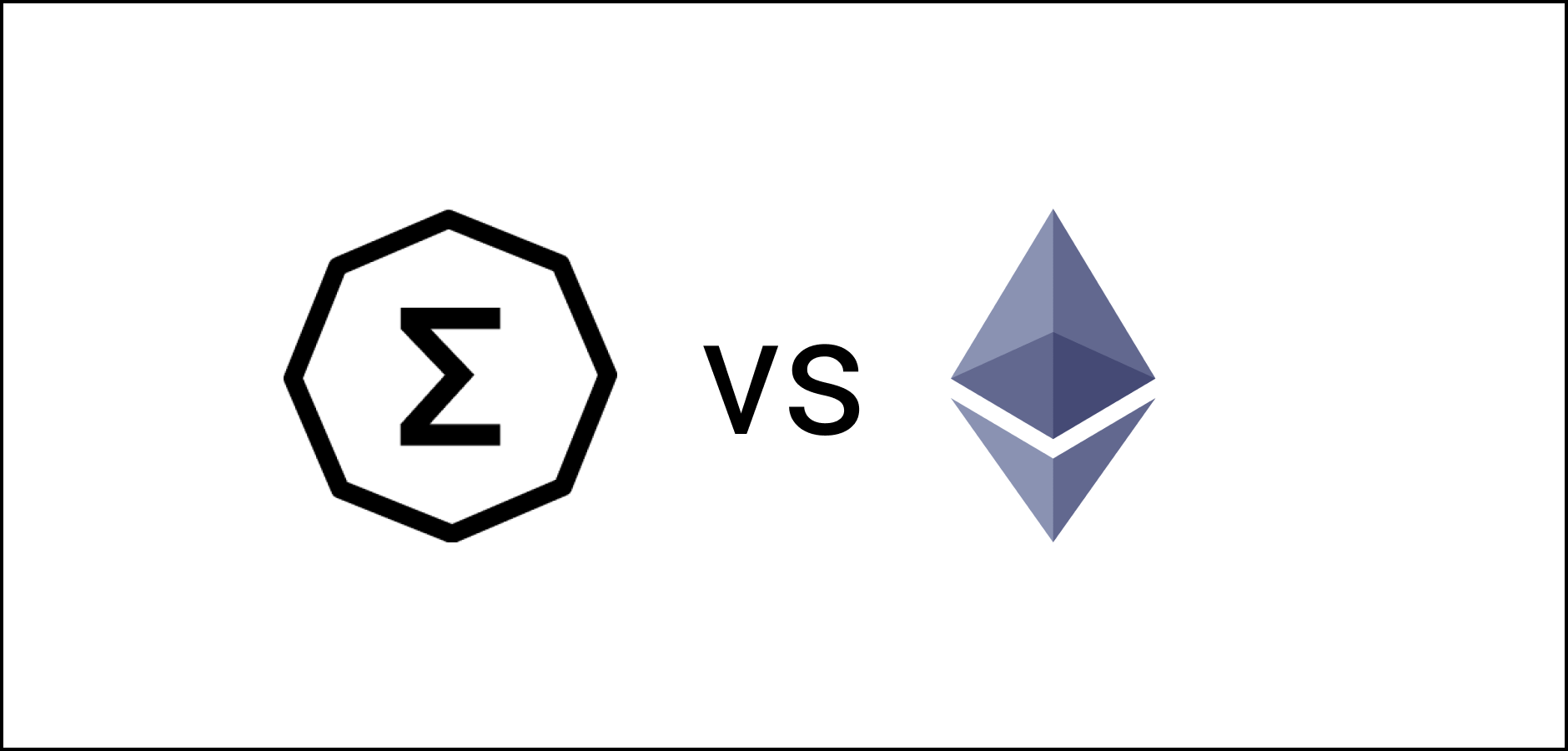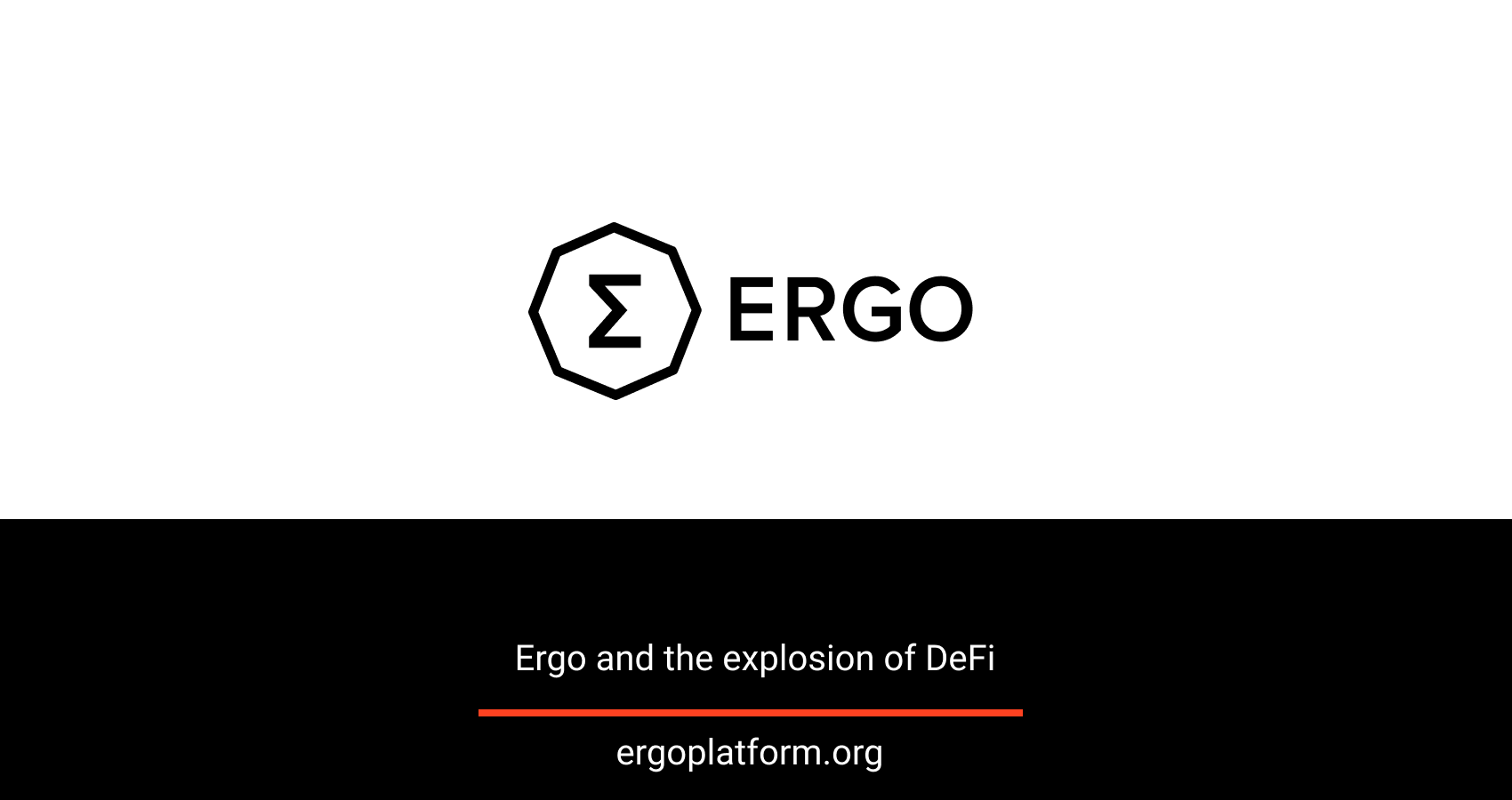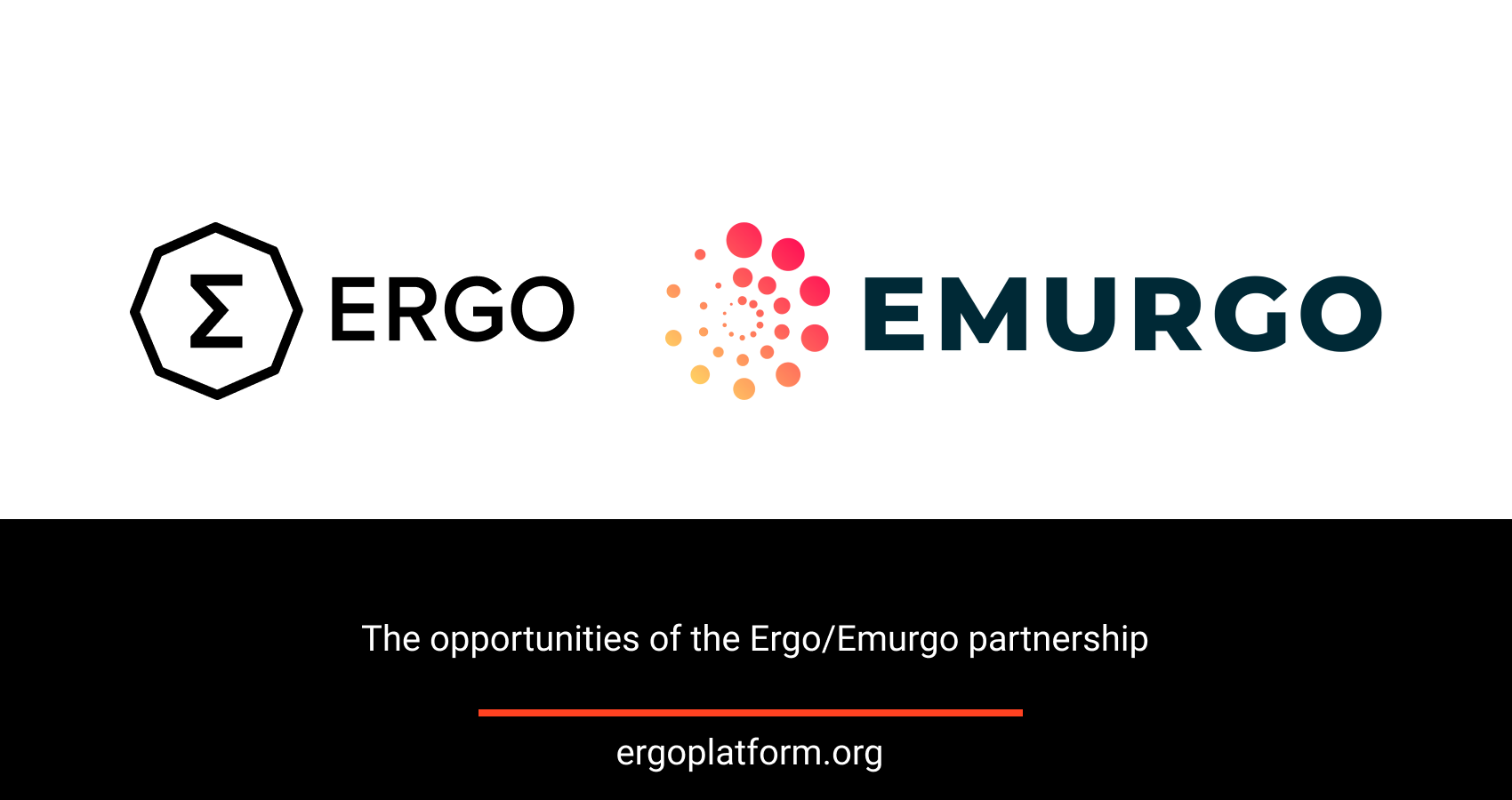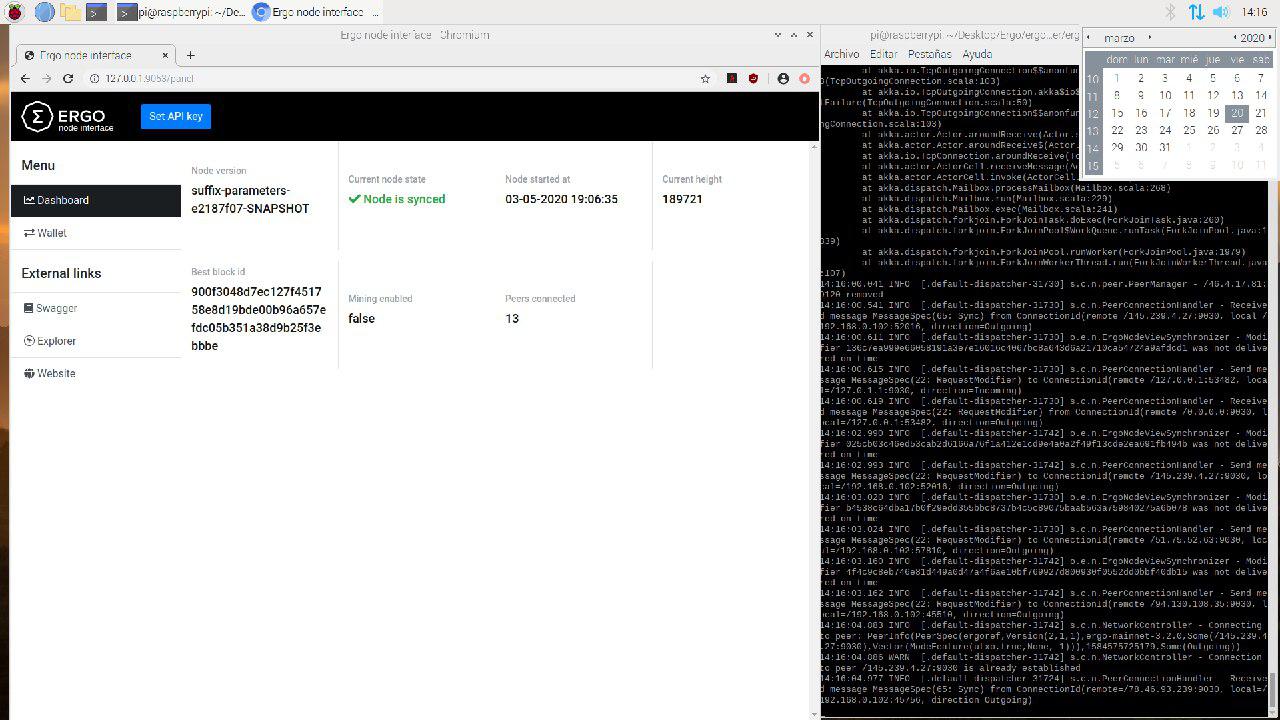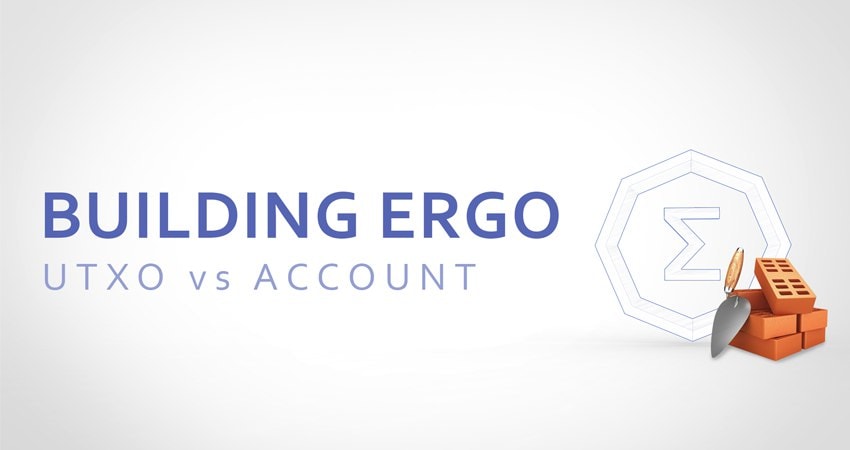We would like to announce that Ergo has successfully passed security audit of certain (most critical) parts of the code. This time the audit was done by Jean-Philipee Aumasson (aka veorq, https://aumasson.jp/ ).
The detailed report is below. Nothing critical is found. Comments on issues found:
- On wallet password, we’ll provide a recommendation in next versions of the protocol client. Not sure hard enforcement on password will take place, but we’ll do more consultations on this.
- Changing “n” and “k” parameters makes sense when launching new network only. Changing this parameters in mining node will make blocks produced invalid for other nodes. Changing this parameters in protocol client means going on another fork (blocks coming from the honest protocol participants will be rejected). So no need for extra checks maybe, as people launching new networks will set “n” and “k” properly.
- Currently the Ergo node (as well as other blockchain protocol clients and wallets we’re aware of, as well as cryptographic libraries we’re using) do not provide protection from side-channel attacks running locally (e.g. timing attacks or memory inspection by malware or viruses). So please protect machines you’re running wallets on!
==========================================================================================================
% Ergo security assessment % Jean-Philippe Aumasson % 07/Dec/19
Summary
We were solicited by Ergo to perform a security assessment of several components of their Ergo Platform:
- Sigma protocol proofs creation and verification
- Wallet’s secure storage of secrets
- Proof-of-Work validation
This brief report summarizes our assessment and describes our findings and mitigation recommendations.
Sigma protocol proofs
The Ergo protocol relies on ErgoScript, a scripting language supporting sigma-statements, which can be proven and verified through non-interactive proofs of knowledge.
These proofs are statements described as a tree of AND, OR, and threshold conditions, whose leaves are proofs of knowledge of a discrete-logarithm problem.
The proof of the sigma-statement is then made non-interactive thanks to the Fiat-Shamir transform.
This logic is specified in the ErgoScript paper, and the specific proving and verification routines described in its Appendix A.
Implementation challenges are then to:
- Define encoding of the proofs that are safe and efficient, and implement serialization and deserialization that always succeeds in processing valid input, and that always gracefully fails to process invalid input.
- Implement the proving and verification functionalities correctly, in compliance with the specification, and most importantly such that no invalid statement can successfully pass verification.
We reviewed these two aspects, based on the code in the repository sigmastate-interpreter, and on the ErgoScript paper, carefully comparing the intended behavior (in Appendix A) with the actual behavior as implemented.
We notably reviewed code from the SigSerializer, Interpreter, and ProverInterpreter traits and objects.
We mainly sought bugs from the following classes:
- Unsafe processing of malformed input
- Unsafe processing of unusually long or short input
- Behavior when large tree depth or recursion level
- Unsafe use Scala types and structures
- Inappropriate variable types
- Integer overflows
- Race conditions
- Logic bugs
Despite extensive review, we did not identify any security issue.
The protocol’s logic and internals are nonetheless relatively complex, and we believe the highest risk is in the parsing and verification of proofs. To exploit such issues, however, an attacker would have to create a semantically correct script that somehow benefits them, yet that passes verification when it does not ought to.
Regarding software security, Scala eliminates certain classes of bugs, but Scala code may still suffer from bugs due to Scala’s specific behavior or to unhandled errors.
Wallet
Ergo’s wallet functionality enables its users to store a secret on disk and recover it, initializing the wallet with a new seed when it’s first used.
This logic is mainly defined in ErgoWalletActor, and a key component regarding secrets' storage is JsonSecretStorage.
The first time a wallet is create, the InitWallet command does the following:
- Generate
settings.walletSettings.seedStrengthBitsrandom bits, as initial entropy. By default, 160 bits are generated. - Generate a BIP39 from the random bits generated, which can be seen as an encoding of the entropy bits. The standard BIP39 logic is used, with optional password.
- Derive a seed from the mnemonic using BIP39’s PBKDF2-based derivation logic.
- Encrypt this seed to disk with AES-GCM, using a random nonce, and a key derive from the password using PBKDF2-HMAC-SHA256 with 128000 iterations, using a random salt.
To unlock a wallet already created, a user provides the password and the wallet attempts to decrypt the stored data.
To restore an existing account from a BIP39 passphrase, a similar process as initialization is performed, except that the wallet will derive the seed from the mnemonic instead of picking random mnemonic.
The two risks we identified here are:
- The absence of checks on the password’s length: since the password is sufficient to access the seed given the wallet’s on-disk stored secret, the password should in theory have at least as much entropy as the mnemonic, and in practice should be practically hard to crack. We thus recommend to enforce a minimal password length, for example of 16 characters.
- Copies of secret values (password, seed, and derive private keys) are likely to remain in memory after wallet software execution, which is an intrinsic limitation garbage-collected languages such as Scala.
Another process or user sharing the same memory address space could potentially recover the secrets, and they could also appear in crash dumps. To the best of our knowledge, there is no effective mitigation in pure Scala.
PoW validation
After previously reviewing the security of the Autolykos PoW, we performed another round of review focusing on its latest verification logic, and notably the changes in the commit eb0f85a.
The main relevant file is AutolykosPowScheme,and other important operations are for example implemented in HeadersProcessor and ModifierValidator.
We checked that the implemented verification logic is consistent with that specified in the Autolykos specifications, and that it is properly integrated in the block header validation logic.
We believe the following points should be addressed:
- Stricter validation of
kandn: although the class enforcesk<=32(number of elements in the solution) andn<31(log2 of the total number of elements), weak could still be created from the authorized parameters. Thevalidate()function may therefore have additional validation thatnandkare equal to the intended values. - Assert that
kandnare positive values, since currently negative ones (asInts) would pass theassertstatements.


